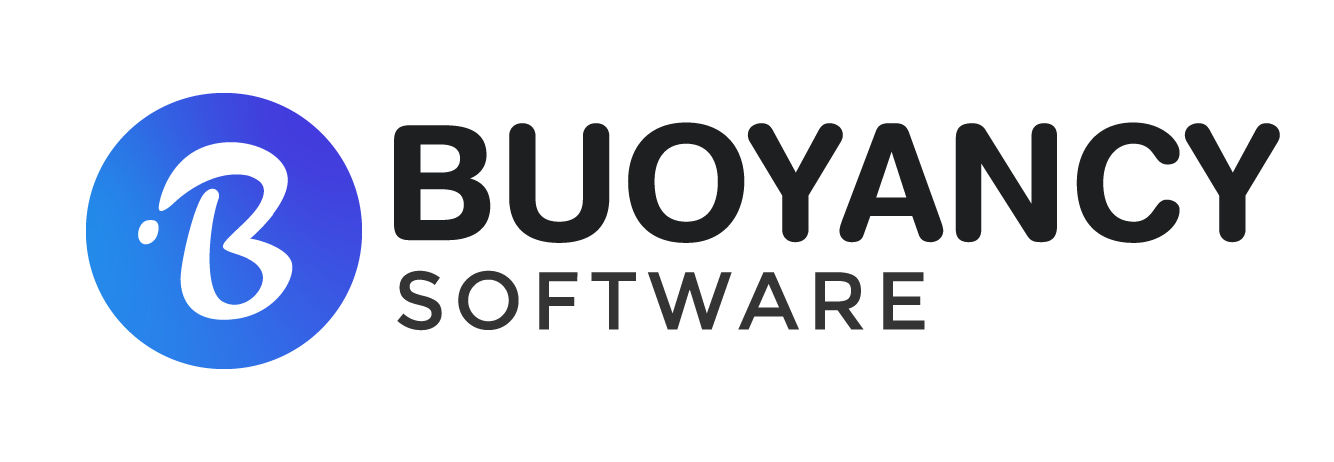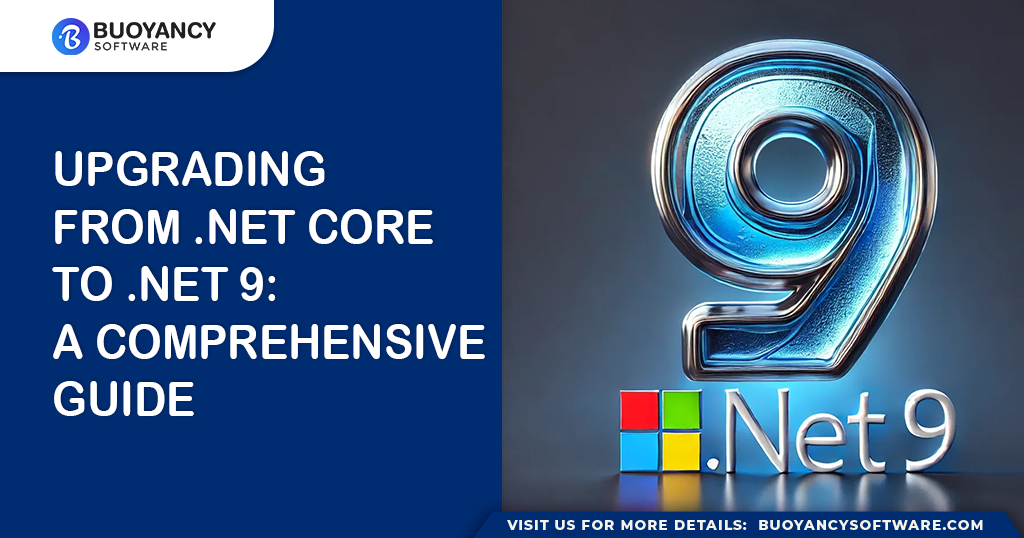Upgrading from .NET Core to .NET 9: A Comprehensive Guide
Introduction
Microsoft’s release of .NET 9 marks a significant milestone in the evolution of the .NET ecosystem. Packed with enhancements in performance, cloud-native capabilities, and AI integration, .NET 9 empowers developers to build modern, scalable, and intelligent applications. If you’re currently operating on .NET Core 3.1, .NET 5, .NET 6, or .NET 7, upgrading to .NET 9 is a strategic move to stay ahead in the rapidly evolving tech landscape.
In this guide, we’ll walk you through the step-by-step process of upgrading to .NET 9, highlight the new features, and provide actionable insights to ensure a smooth transition.
Why Upgrade to .NET 9?
Upgrading to .NET 9 offers numerous benefits that can significantly enhance your application’s performance and capabilities:
- Cloud-Native Enhancements: .NET 9 introduces features tailored for building scalable, cloud-native applications.
- Performance Improvements: With over 1,000 performance-related changes, .NET 9 is the most performant release to date.
- AI Integration: Enhanced support for AI workloads, making it easier to incorporate machine learning capabilities into your applications.
- Standard-Term Support (STS): .NET 9 is an STS release, receiving support for 18 months until May 12, 2026.
Prerequisites Before Upgrading
Before initiating the upgrade process, ensure the following:
- Backup Your Codebase: Secure your source code and databases to prevent data loss.
- Version Control: Use a version control system (e.g., Git) and create a dedicated branch for the upgrade.
- Dependency Compatibility: Verify that all third-party packages and dependencies are compatible with .NET 9.
- Install .NET 9 SDK: Download and install the latest .NET 9 SDK from the official .NET download page.
Step-by-Step Upgrade Guide
1. Update Target Framework
Modify your project’s .csproj file to target .NET 9:
<TargetFramework>net9.0</TargetFramework>
2. Upgrade NuGet Packages
Ensure all NuGet packages are updated to versions compatible with .NET 9:
dotnet list package --outdated
dotnet add package [PackageName] --version [LatestVersion]
3. Address Breaking Changes
Review the breaking changes in .NET 9 to identify any modifications that may affect your application. Pay special attention to changes in ASP.NET Core, Entity Framework Core, and other critical libraries.Microsoft Learn
4. Update ASP.NET Core Applications
If your application uses ASP.NET Core, consider adopting the minimal hosting model introduced in .NET 6 and enhanced in .NET 9:
var builder = WebApplication.CreateBuilder(args);
var app = builder.Build();
// Configure middleware
app.UseRouting();
app.UseEndpoints(endpoints =>
{
endpoints.MapControllers();
});
app.Run();
This approach simplifies the startup configuration and aligns with modern best practices.
5. Test Thoroughly
Conduct comprehensive testing to ensure your application functions correctly after the upgrade:
- Unit Tests: Verify individual components.
- Integration Tests: Ensure different parts of the application work together seamlessly.
- Manual Testing: Perform exploratory testing to catch any unforeseen issues.
6. Update CI/CD Pipelines
Modify your continuous integration and deployment pipelines to use the .NET 9 SDK. If you’re using Docker, update your base images accordingly:
FROM mcr.microsoft.com/dotnet/aspnet:9.0
New Features in .NET 9
ASP.NET Core Enhancements
- Improved Static File Handling: Optimized processing of static files with automatic fingerprinted versioning.Microsoft Learn
- Blazor Updates: New hybrid and web app templates, enhanced component render mode detection, and improved server rendering reconnection experience.Microsoft Learn
- OpenAPI Support: Built-in support for OpenAPI document generation using
Microsoft.AspNetCore.OpenAPI. Microsoft Learn - Security Improvements: New APIs for authentication and authorization, and easier setup for HTTPS development on Linux. Microsoft Learn
.NET MAUI Improvements
-
Performance Enhancements: More performant implementations of
CollectionViewandCarouselViewfor iOS and Mac Catalyst. Microsoft Learn -
New Controls: Introduction of
TitleBarfor Windows andHybridWebViewfor integrating JavaScript-enabled content.Microsoft Learn - Lifecycle Events: New app lifecycle events for better control over application behavior. Microsoft Learn
SDK and Tooling Updates
- Terminal Logger: Enhanced logging experience with clickable links, duration timers, and color-coded messages. Microsoft Learn
- Tool Roll-Forward: Improved support for running .NET tools on newer runtime versions without requiring code changes.Microsoft Learn
Common Pitfalls to Avoid
- Neglecting Dependency Updates: Ensure all third-party packages are compatible with .NET 9 to prevent runtime errors.
- Overlooking Breaking Changes: Review the official documentation to identify and address breaking changes that may impact your application.
- Inadequate Testing: Thorough testing is crucial to identify and resolve issues early in the upgrade process.
- Ignoring CI/CD Pipeline Updates: Update your build and deployment pipelines to accommodate changes in the .NET 9 SDK and runtime.
Conclusion
Upgrading to .NET 9 positions your applications to leverage the latest advancements in performance, security, and scalability. By following this guide, you can navigate the upgrade process with confidence and unlock the full potential of .NET 9.At Buoyancy Software, we specialize in modernizing applications and ensuring seamless transitions to the latest technologies. If you need assistance with your .NET 9 upgrade or have any questions, feel free to contact our team.



